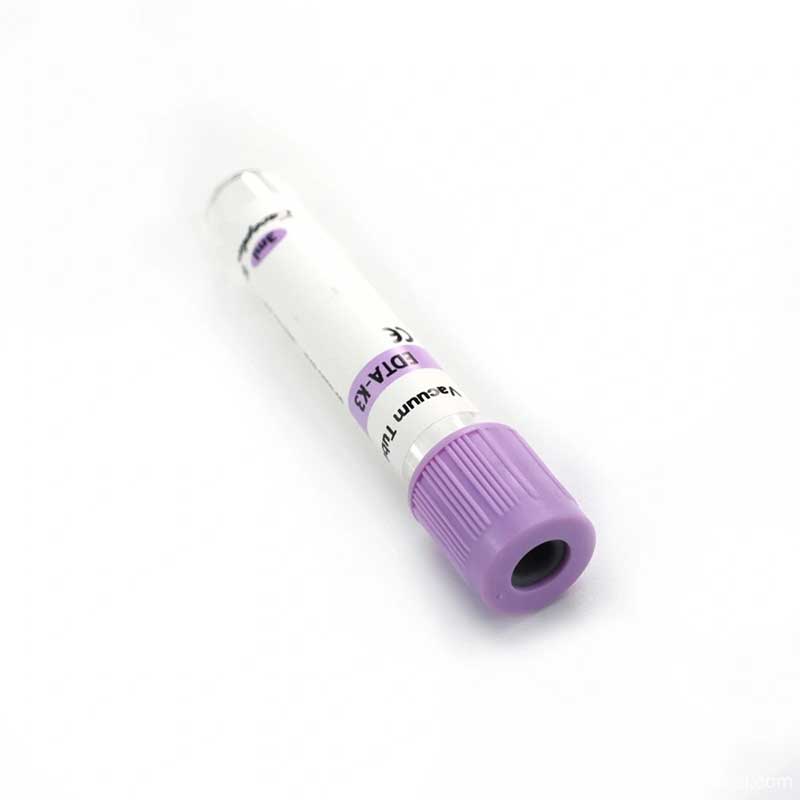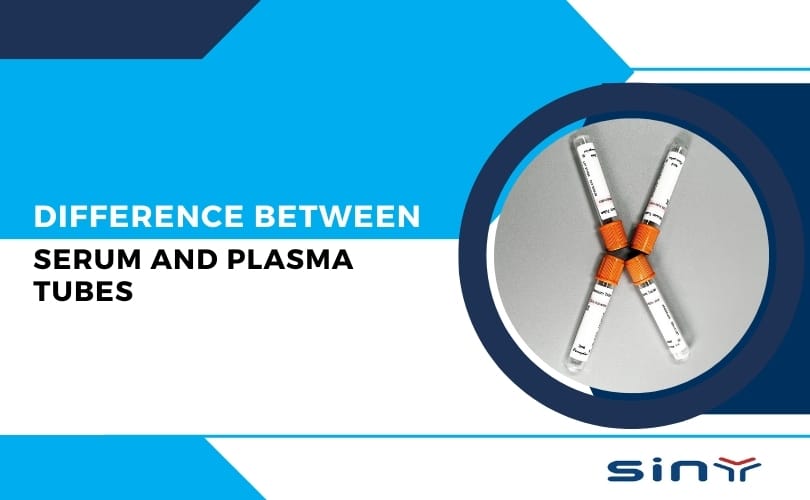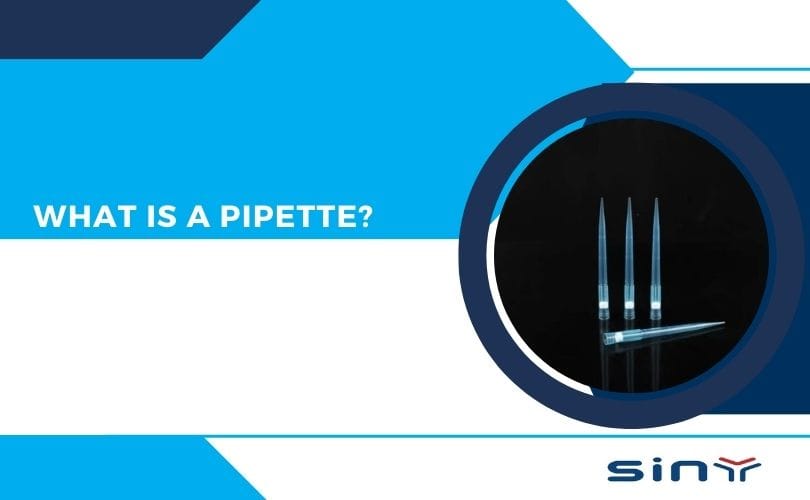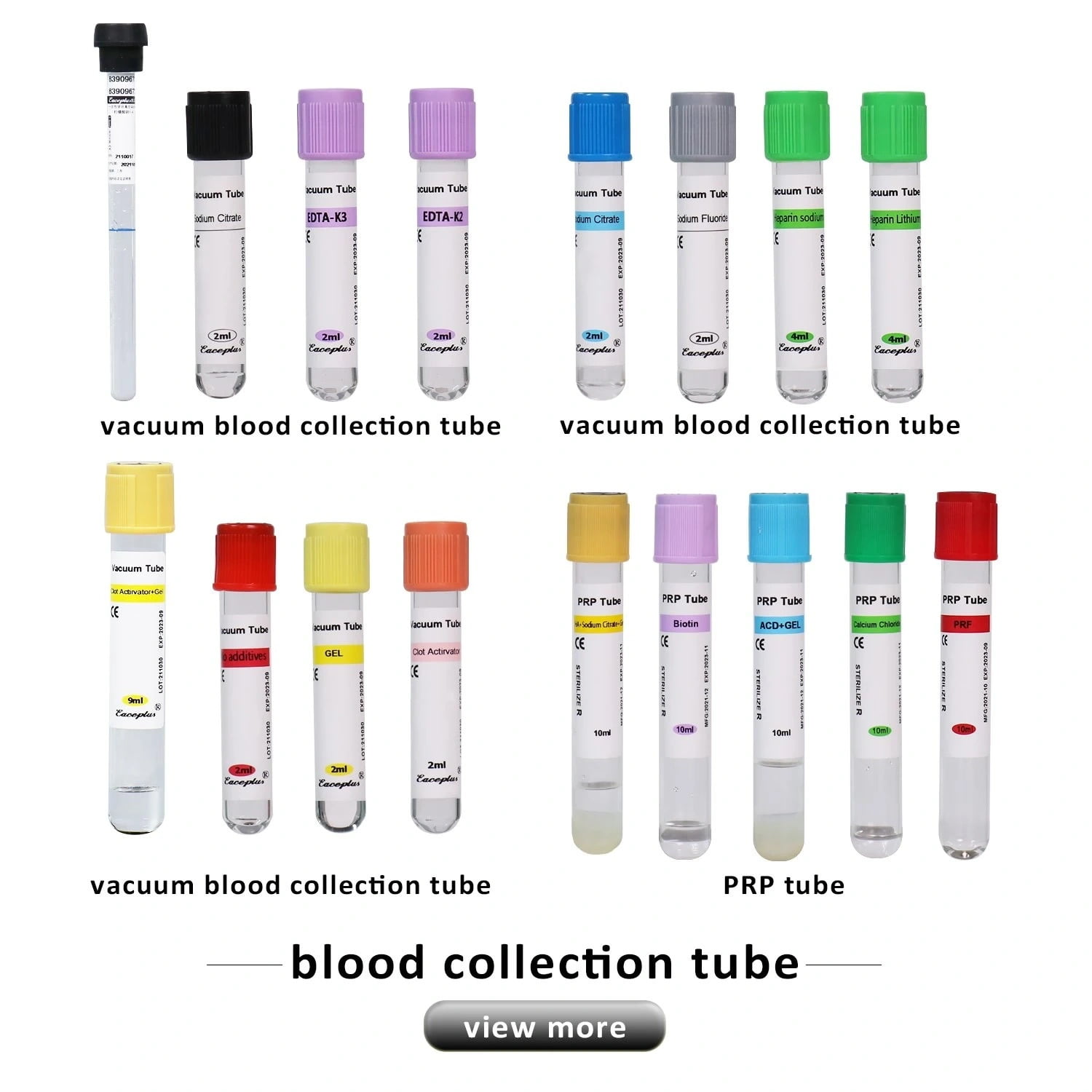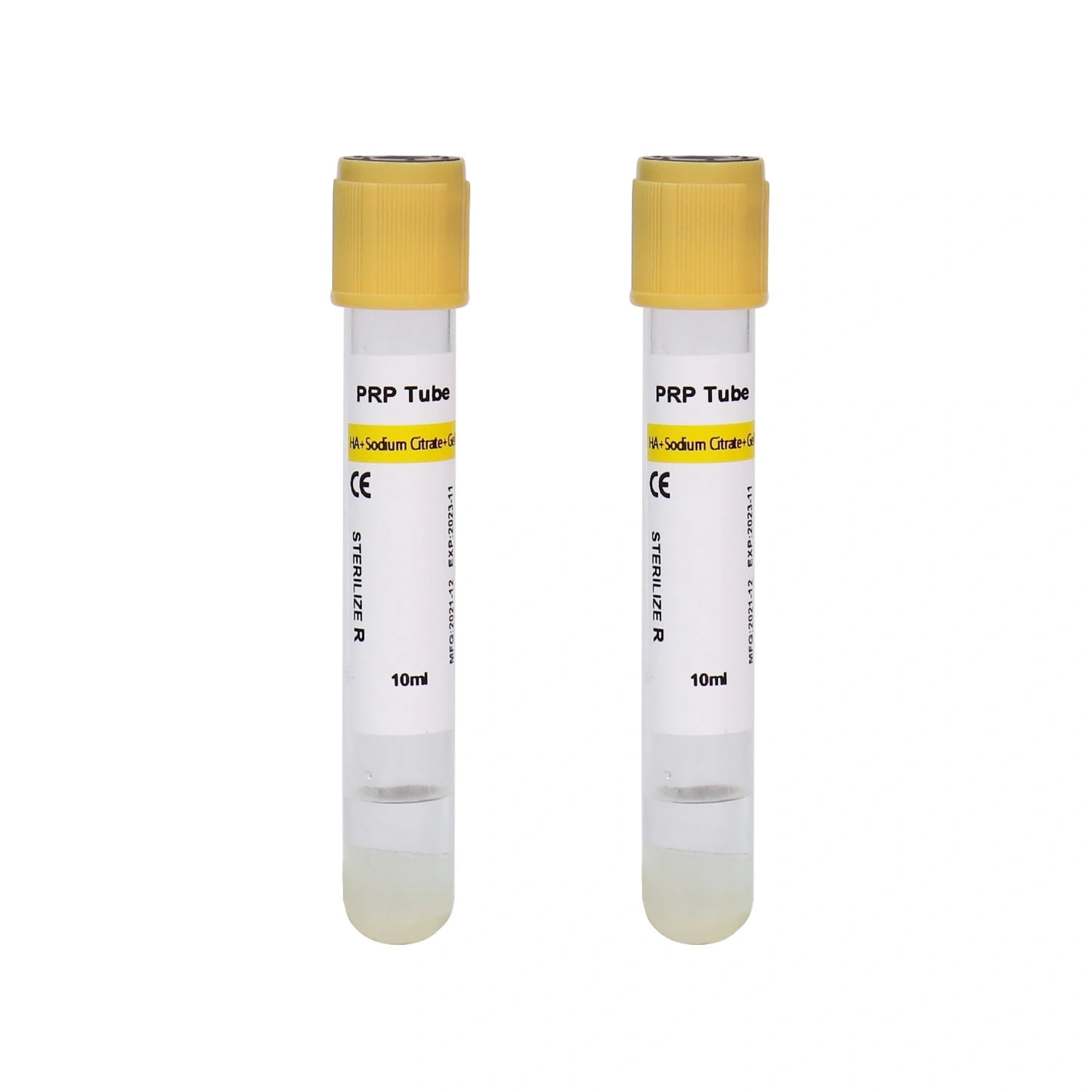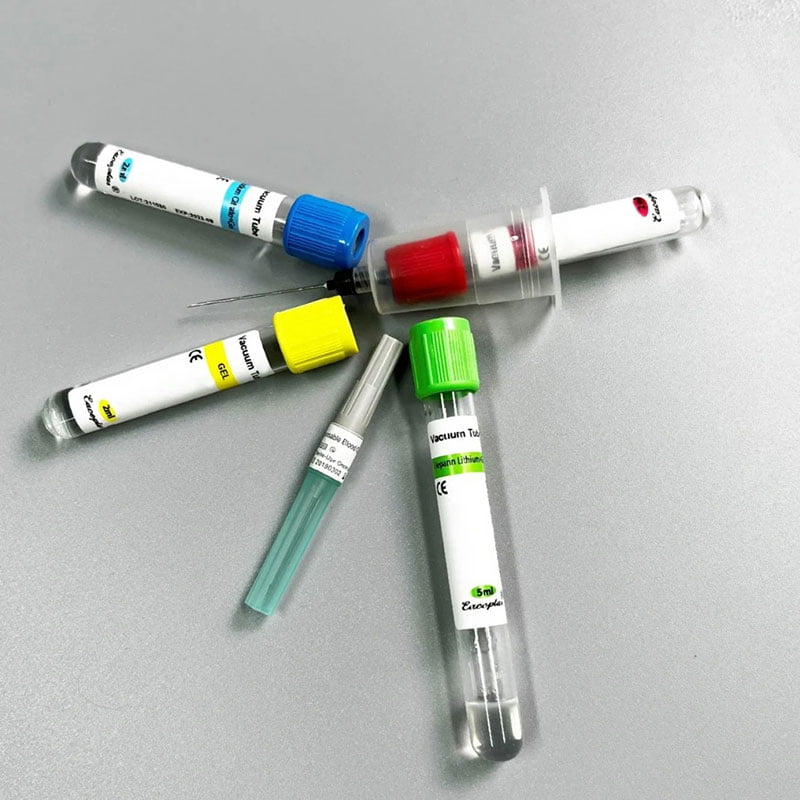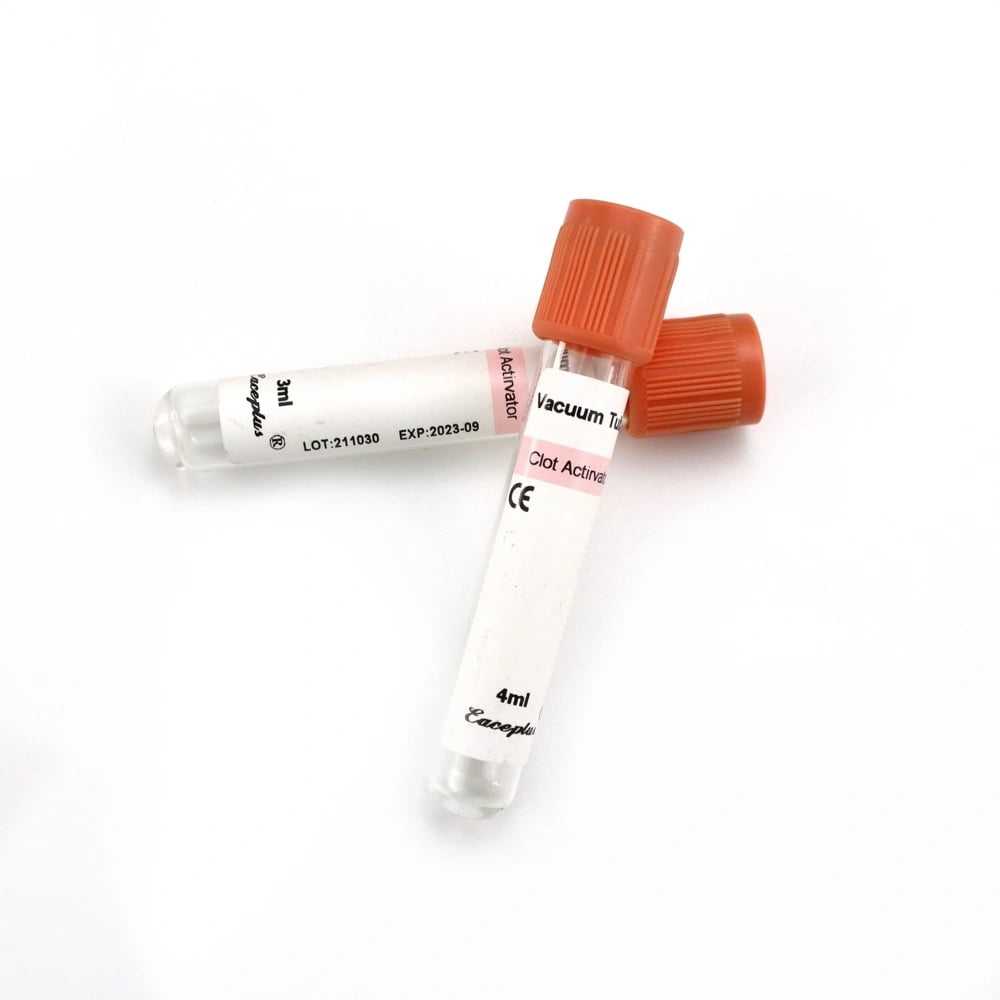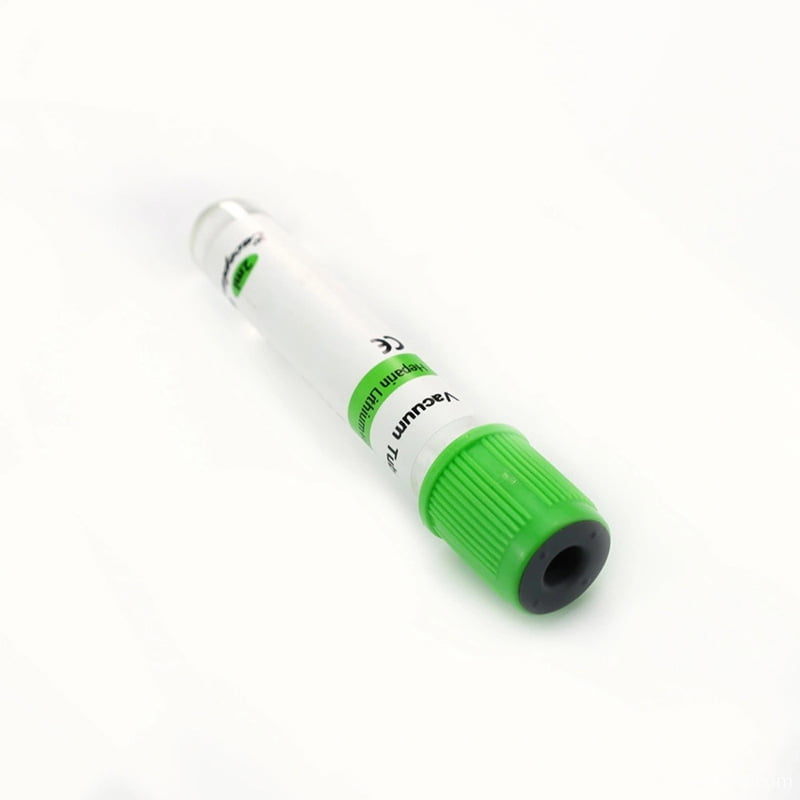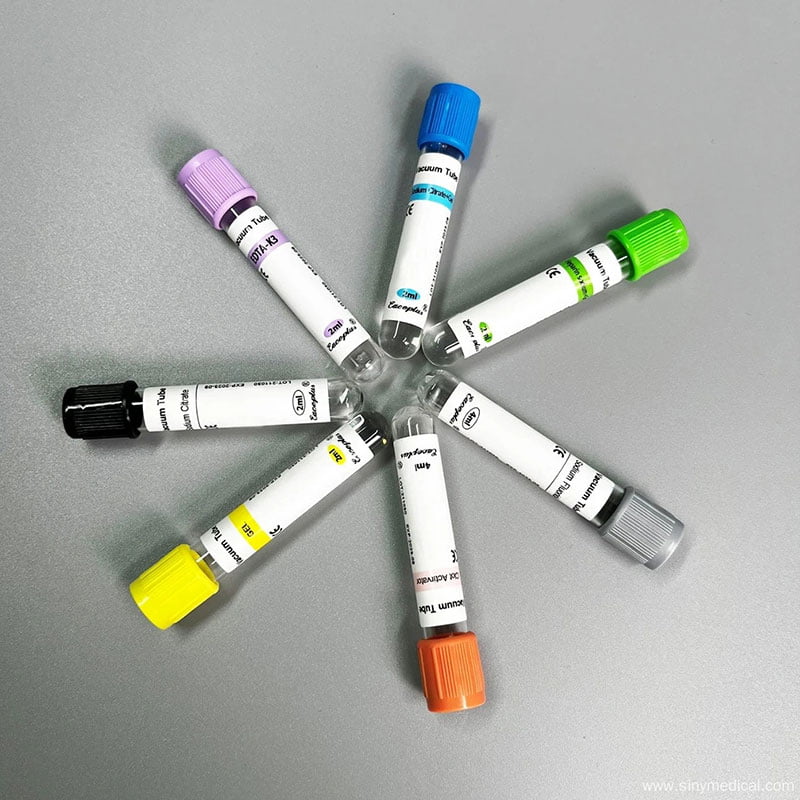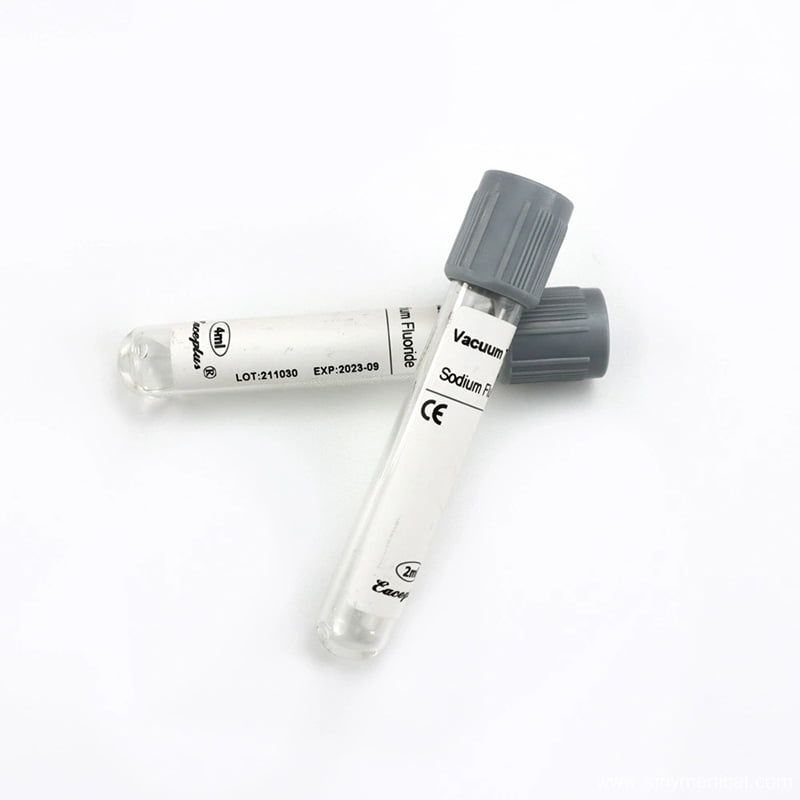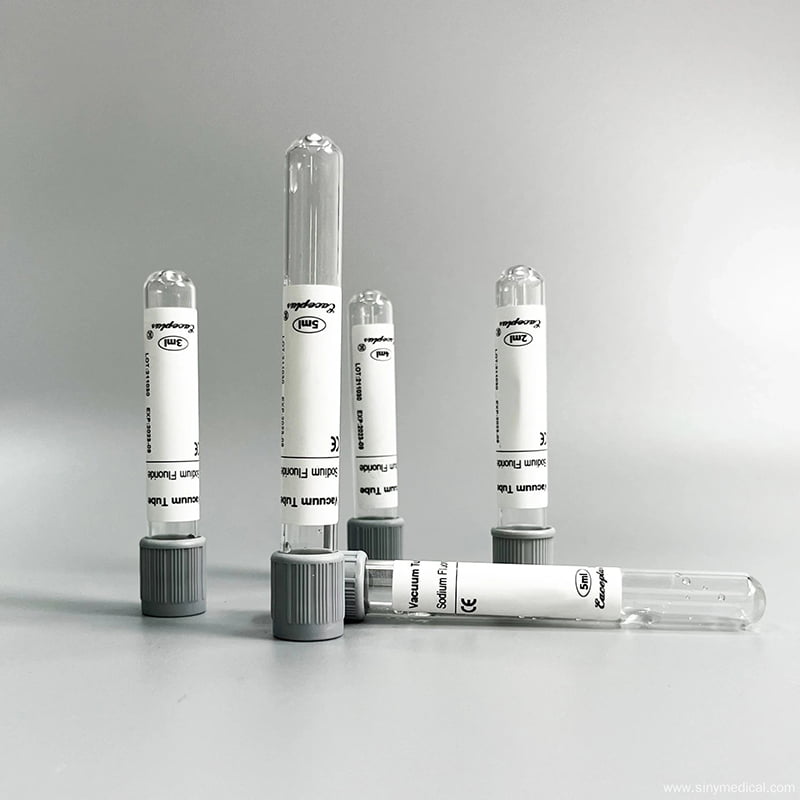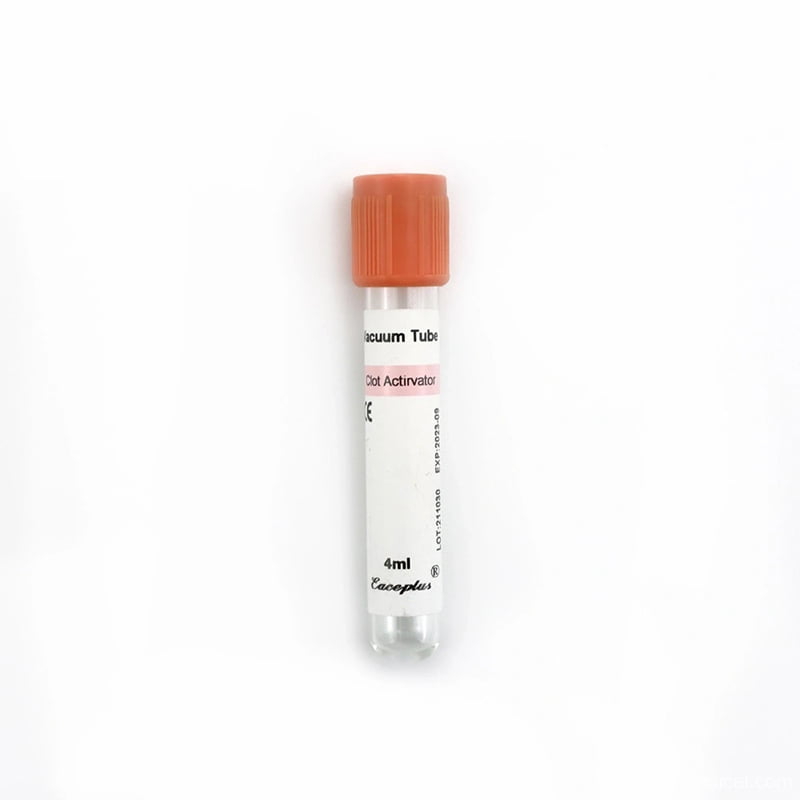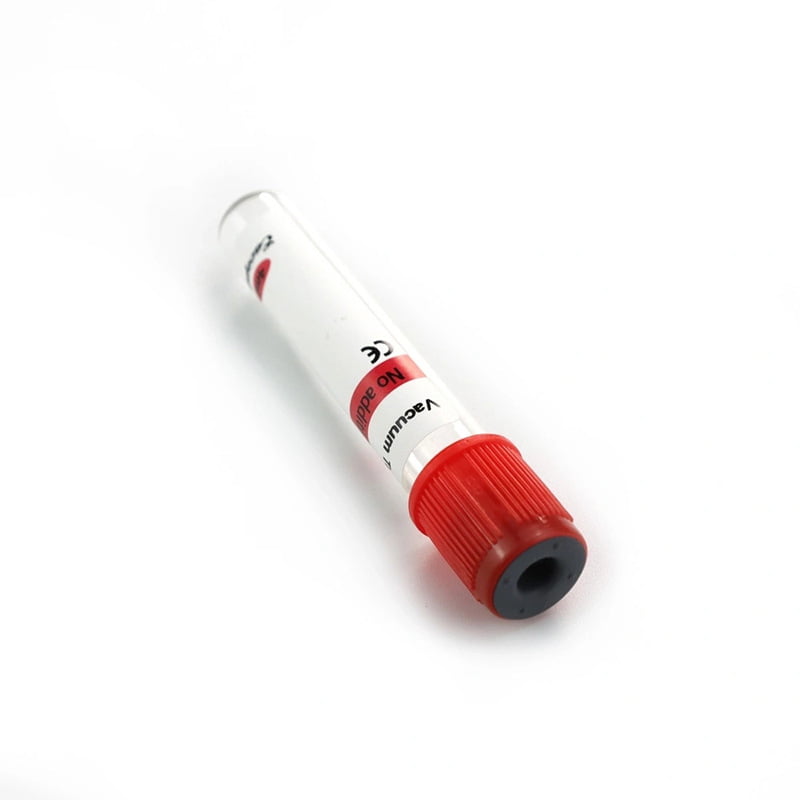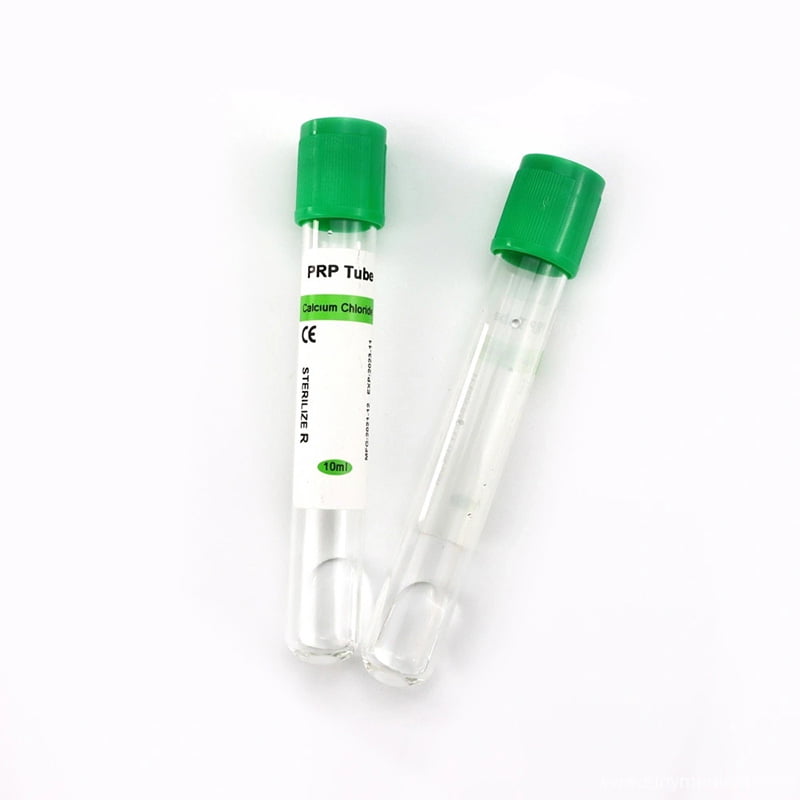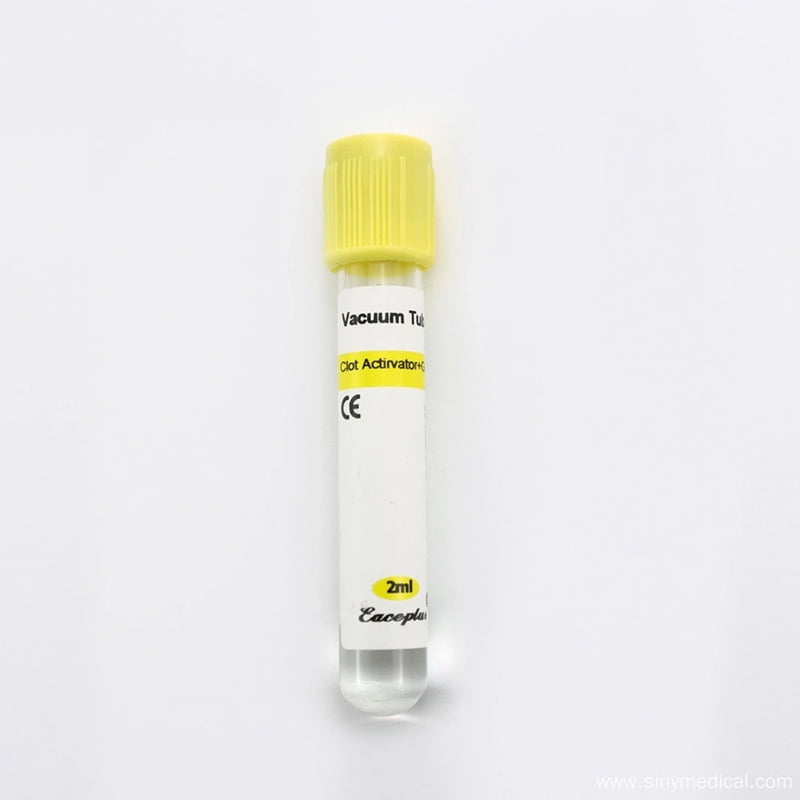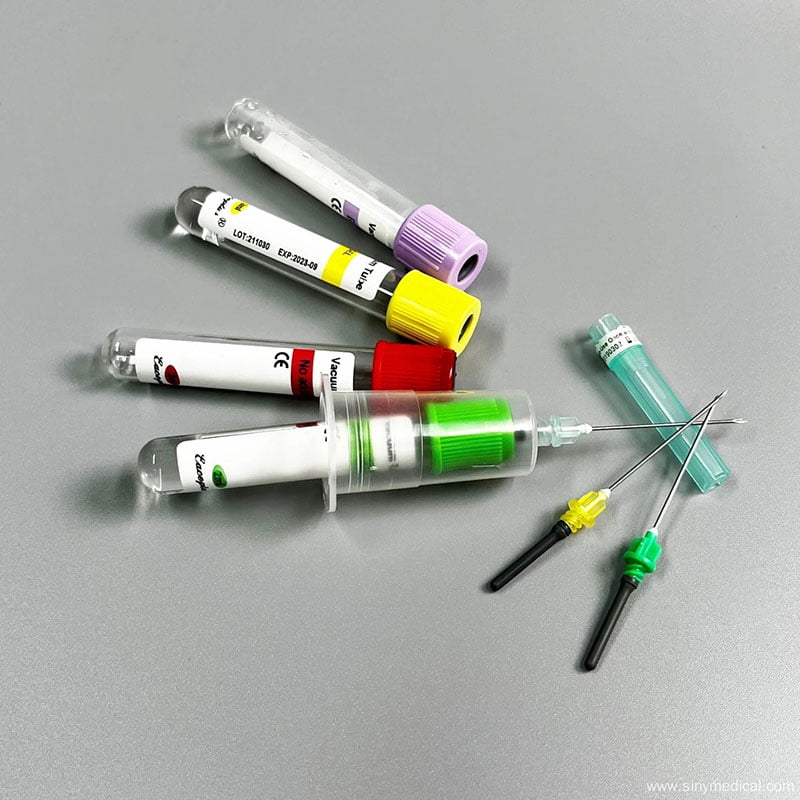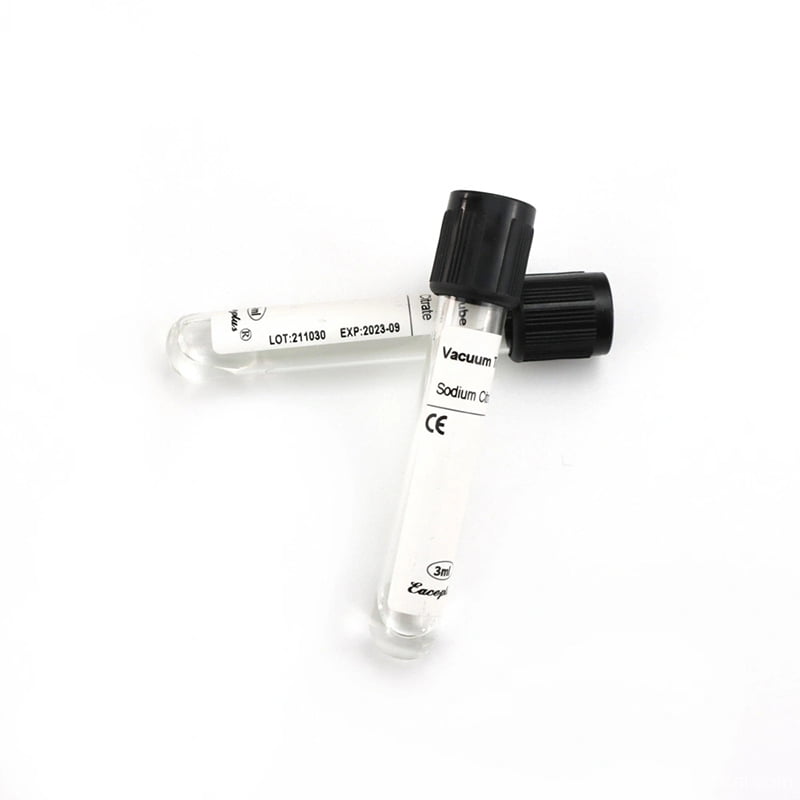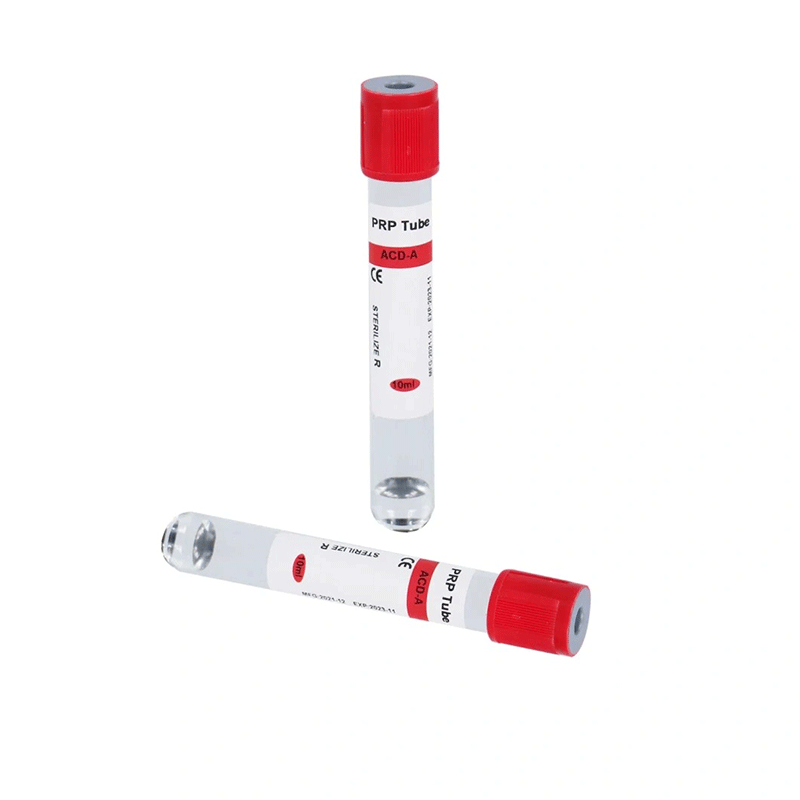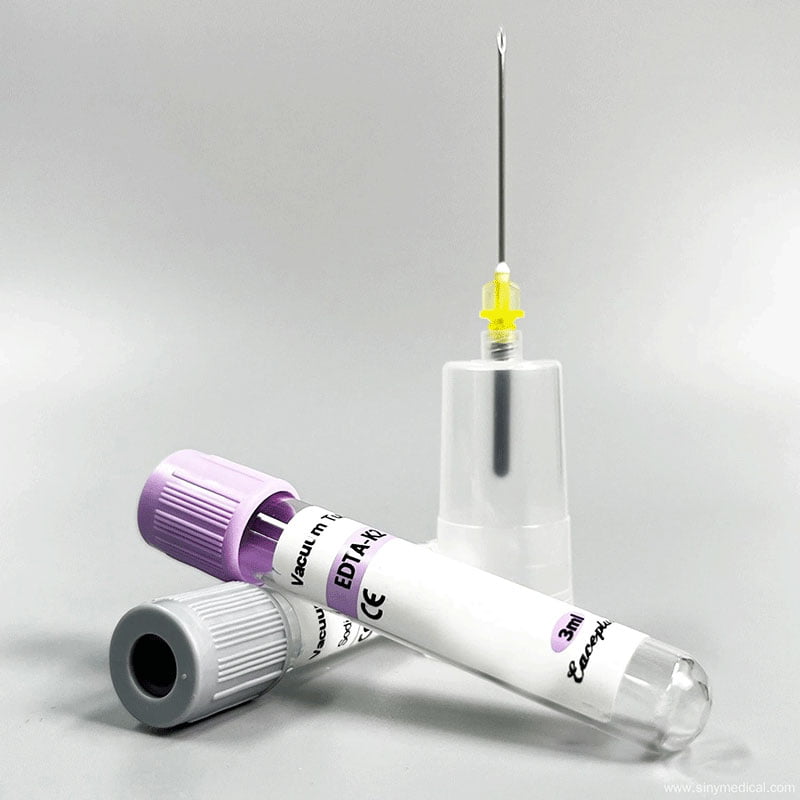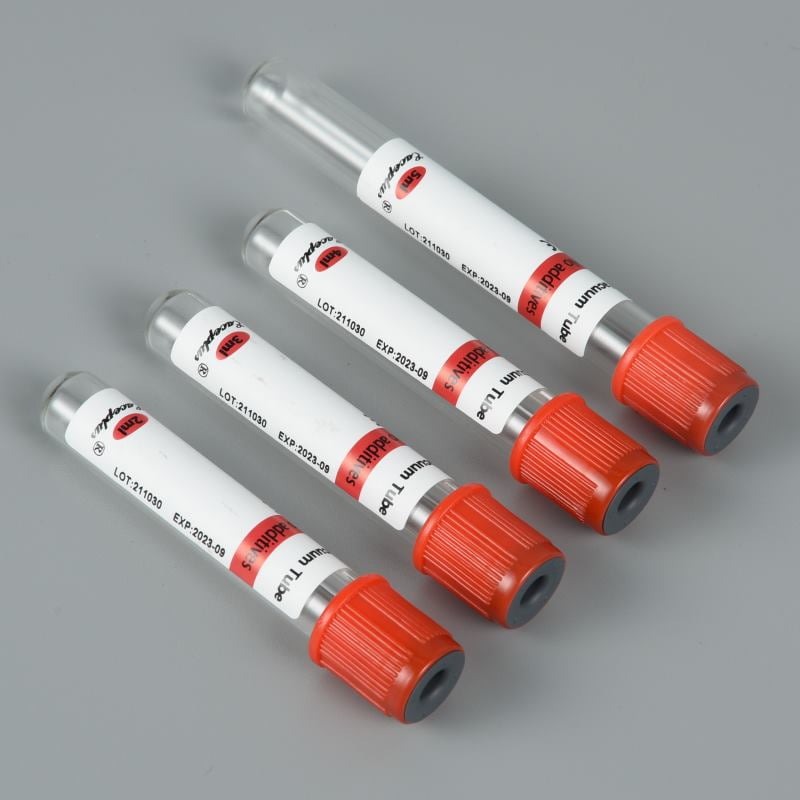Blood glucose testing is a crucial diagnostic tool in modern healthcare, and the accuracy of these tests heavily depends on the type of collection tube used. Sodium Fluoride tubes have become the gold standard for glucose testing, offering unique advantages that make them indispensable in clinical settings.
Table of Contents
Why Use Sodium Fluoride Tube for Glucose?
Accurate blood glucose measurement is critical in diagnosing and managing diabetes and other metabolic disorders. However, once blood is drawn, glucose levels start decreasing due to glycolysis, a process where red blood cells consume glucose. To prevent this and maintain sample integrity, laboratories use Sodium Fluoride Tubes for Glucose testing.
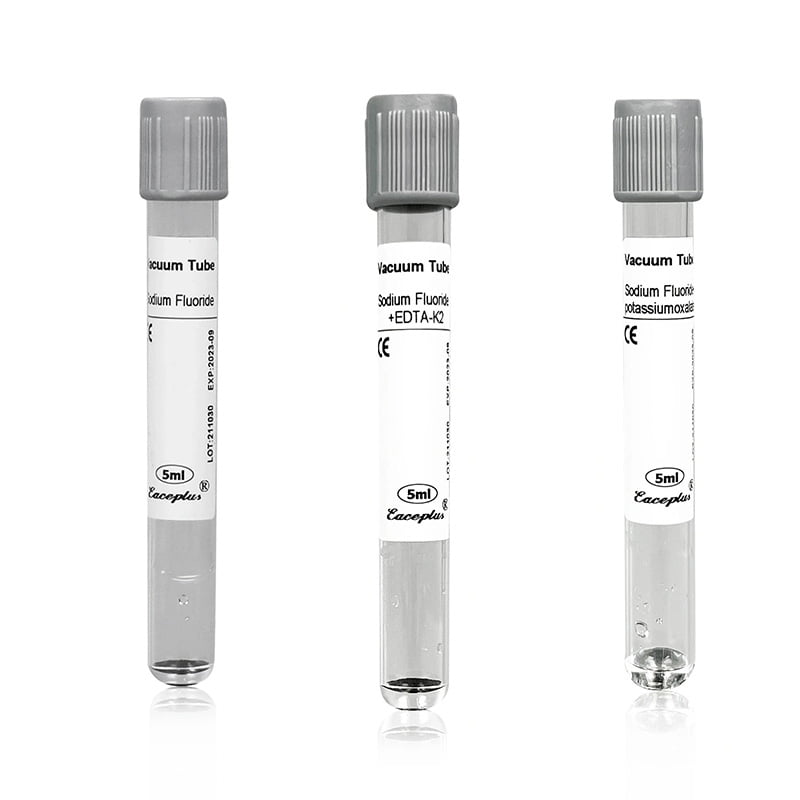
But why is sodium fluoride the go-to preservative? What makes it superior to other anticoagulants? This guide will answer all your questions while providing in-depth information about its mechanism, benefits, and proper usage.
How Does a Sodium Fluoride Tube Work for Glucose Testing?
When a blood sample is collected, glucose levels begin to decline rapidly because of enzymatic glycolysis by red blood cells and white blood cells. If this isn’t controlled, it can lead to inaccurate results, affecting diagnoses and treatment plans.
Sodium fluoride acts as a glycolysis inhibitor, effectively stopping glucose breakdown. Here’s how:
- Inhibition of Enzymes: Sodium fluoride inhibits enolase, a key enzyme in glycolysis. This stops the metabolic process that would otherwise lower glucose levels.
- Preservation of Glucose Levels: By preventing enzymatic activity, sodium fluoride ensures that glucose concentration remains stable for up to 24-48 hours at room temperature.
- Combination with Anticoagulants: Many Sodium Fluoride Tubes for Glucose also contain potassium oxalate, EDTA, or heparin sodium, which act as anticoagulants, preventing blood clotting and ensuring smooth processing in laboratory analysis.
This makes sodium fluoride tubes indispensable for accurate blood glucose testing, ensuring reliable results for diabetes screening and monitoring.
Why Sodium Fluoride is the Best Choice for Glucose Testing?
Prevents False Readings Due to Glycolysis
Without a glycolysis inhibitor, blood samples show a 5-7% decrease in glucose per hour at room temperature. This can result in false hypoglycemia, leading to misdiagnoses.
Long-Term Glucose Stability
Unlike serum tubes, where glucose may decline rapidly, sodium fluoride tubes keep glucose stable for 24-48 hours, making them ideal for delayed sample processing.
Compatible with Automated Lab Systems
Sodium fluoride tubes are designed for seamless integration with laboratory automation, ensuring fast and efficient glucose testing.
Recommended by Clinical Guidelines
The Clinical and Laboratory Standards Institute (CLSI) and American Diabetes Association (ADA) recommend fluoride-oxalate tubes for glucose measurement in medical diagnostics.
Essential for Diabetes Diagnosis & Management
Accurate glucose readings are vital for diagnosing diabetes mellitus, hypoglycemia, and metabolic disorders. Fluoride tubes ensure that these diagnoses are based on precise blood sugar levels, reducing errors in treatment.
Types of Sodium Fluoride Tubes for Glucose Testing
Laboratories use different sizes and compositions of sodium fluoride tubes depending on sample volume and testing requirements.
| Volume (ml) | Size (mm) | Additive | Separator | Material | Cap Color | Closure |
|---|---|---|---|---|---|---|
| 2ml | 13X75 | Sodium Fluoride + Heparin Sodium, Sodium Fluoride + EDTA, Sodium Fluoride + Potassium Oxalate | None | PET/GLASS | Gray | Safety Cap/Rubber Stopper |
| 3ml | 13X75 | Same as above | None | PET/GLASS | Gray | Safety Cap/Rubber Stopper |
| 4ml | 13X75 | Same as above | None | PET/GLASS | Gray | Safety Cap/Rubber Stopper |
| 5ml – 10ml | Various | Same as above | None | PET/GLASS | Gray | Safety Cap/Rubber Stopper |
For more details on different sodium fluoride tube sizes, visit:
How to Use Sodium Fluoride Tubes for Blood Collection?
Using sodium fluoride tubes properly is crucial for obtaining accurate results. Follow these steps:
- Prepare the Patient: Ensure fasting status if required.
- Use the Correct Tube: Select the appropriate gray-top sodium fluoride tube.
- Collect Blood Sample: Use a sterile technique to avoid contamination.
- Invert the Tube: Immediately after collection, invert the tube 5-8 times to mix the anticoagulant with blood.
- Store & Transport Properly: Maintain samples at room temperature or refrigerate at 2-8°C for extended stability.
- Analyze Within Recommended Time: Ideally within 24 hours to ensure best accuracy.
For a detailed guide, visit A Professional Guide to Sodium Fluoride Potassium Oxalate Tubes.
Using a Sodium Fluoride Tube for Glucose is essential for accurate, reliable blood sugar measurement. It prevents glycolysis, stabilizes glucose levels, and ensures correct diabetes diagnosis. For high-quality fluoride blood collection tubes, visit Siny Medical today!
For bulk orders or inquiries, contact Siny Medical.
FAQs
Why is a sodium fluoride tube preferred for glucose testing?
Sodium fluoride inhibits glycolysis, preventing false decreases in glucose levels, ensuring accurate test results.
How long can blood samples be stored in fluoride tubes?
Glucose levels remain stable for 24-48 hours at room temperature and up to 7 days under refrigeration.
Can I use serum tubes instead of sodium fluoride tubes?
No, serum tubes do not prevent glycolysis, which can result in falsely low glucose readings.
Are sodium fluoride tubes safe?
Yes, they are CE & ISO certified and widely used in clinical laboratories worldwide.
Where can I buy sodium fluoride tubes?
You can order high-quality Sodium Fluoride Tubes from Siny Medical, a trusted supplier of laboratory consumables.

